
Local Storage seems to be disabled in your browser.
For the best experience on our site, be sure to turn on Local Storage in your browser.
Local Storage seems to be disabled in your browser.
For the best experience on our site, be sure to turn on Local Storage in your browser.
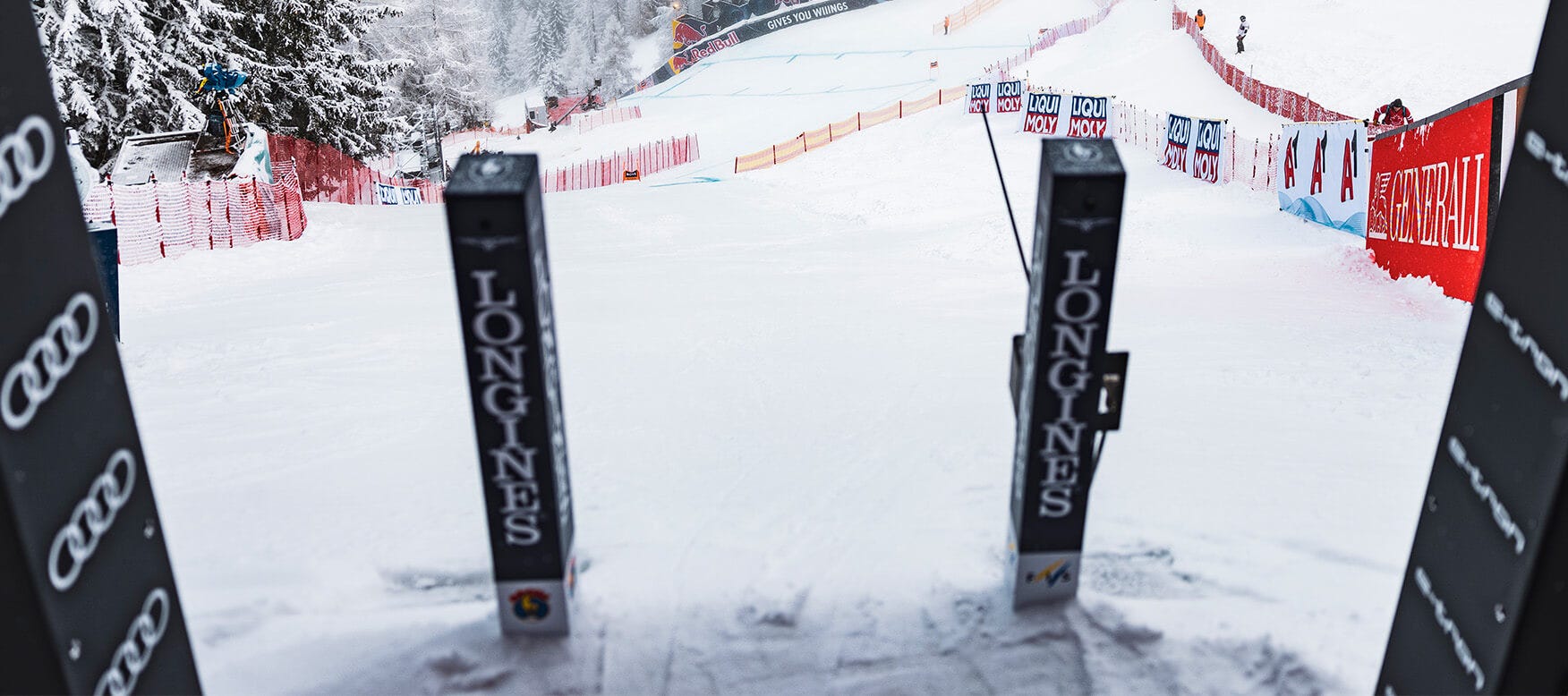
January 12, 2024
6 min read
Nestled in the Austrian Alps, the Streif in Kitzbühel stands as a colossus in the world of alpine downhill skiing. Renowned for its steep and treacherous course, this race is a true test of skill and nerve. We’ve talked with Norwegian and Canadian national ski team athletes to understand what it feels like to race the Streif and why it has become a pinnacle of alpine skiing achievement.
Note: After this story was published, Norway's Aleksander Aamodt Kilde was injured in a downhill crash in Wengen, Switzerland. He suffered shoulder and leg injuries and will miss the remainder of the season. We wish him the best of luck and a speedy recovery.
Historically, the Streif has been a proving ground for the world's best skiers. It's not merely a competition; it's a tradition steeped in prestige. The Streif is the downhill event of the Hahnenkamm Races and is the pride and joy of the Kitzbühel Ski Club (KSC), which initiated the event and has been organizing it since its first edition in 1931.
"The atmosphere at Hahnenkamm is just amazing... It's so thick within this culture," Norwegian skier Aleksander Aamodt Kilde reflects, highlighting the passionate Austrian fans who grow up with the race as a part of their heritage.
Preparation for the Streif extends beyond physical endurance to mental fortitude. "Physically, it's pretty similar to all the races. Mentally, the Streif is... frightening in some way, but after a few years, you gain experience handling it," Kilde observes.
“For me, it's more about keeping the routines and not pretending it is more or less special than anything else, which is easier said than done. It's a place where you need to go deep in yourself and think, am I ready for this? And usually, when you start, you are. So it's more about having a good plan, knowing the different places of the course and where you need to be, and then the rest comes by itself,” Kilde says.
For Canadian skier James Crawford, handling the stress is akin to other downhills. Still, the Streif’s reputation adds an extra layer of pressure: “Having all the fans there and so many people just super excited to watch the downhill elevates the whole experience.”
Physical preparation for the Streif is rigorous, but mental preparation is equally vital. Brodie Seger of the Canadian Ski Team highlights the importance of dedicating time to relaxing and recovery activities to ensure mental freshness and focus.
Physically, it's pretty similar to all the races. Mentally, the Streif is... frightening in some ways.
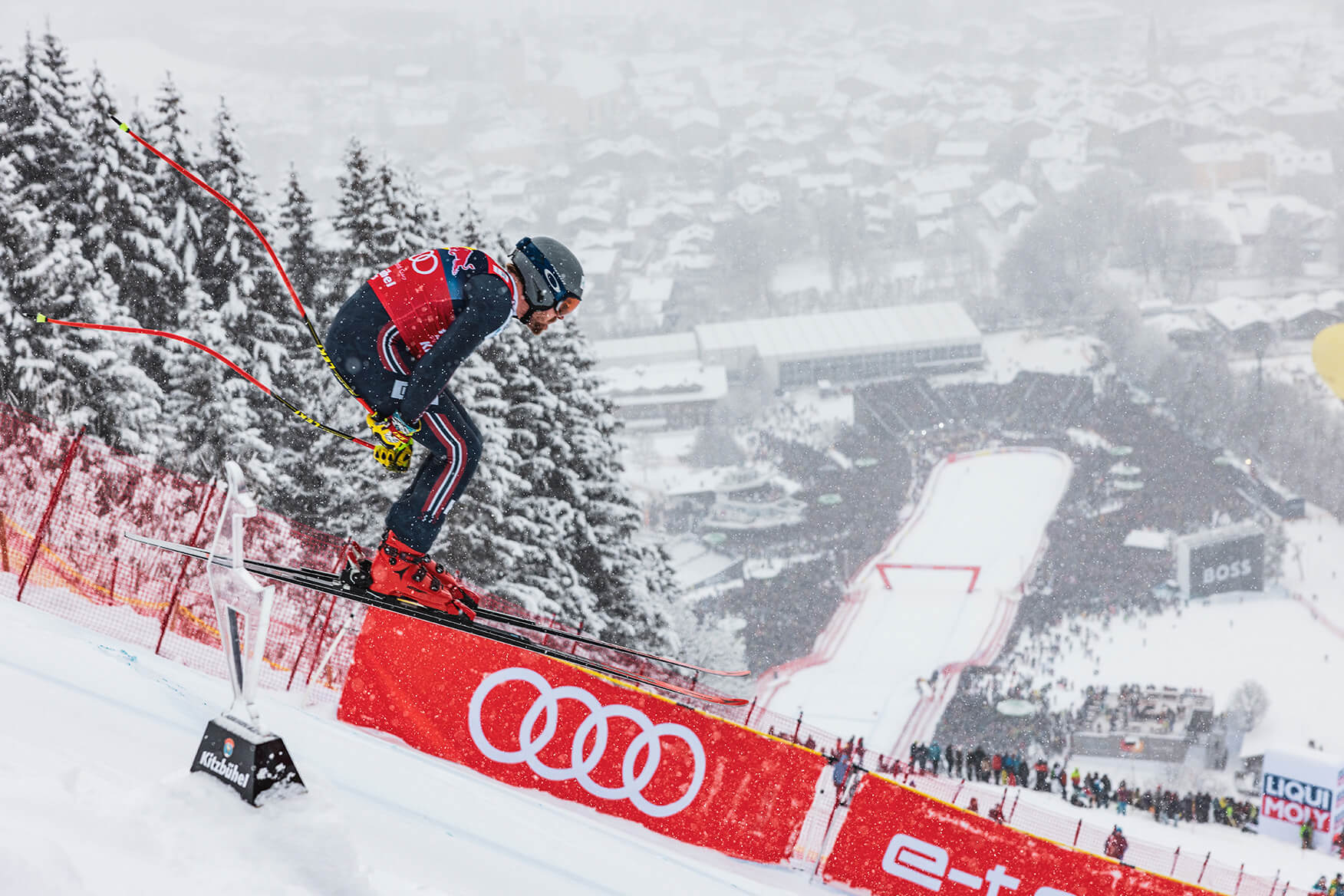
The course itself is a formidable adversary. Each section of the Streif presents a distinct challenge, eliciting reverence and caution. Adrian Smiseth Sejersted of the Norwegian Ski Team emphasizes the daunting start: "The first 10 seconds is a big mental challenge to prepare for."
Kilde agrees. "Well, the start is one of the most frightening things out there. It's super steep. It's from zero to 200, super quick, and straight into a long jump where you must stay balanced. Then you have the middle section, which is fine, and then the last section into the Hausbergkante and through the last part. That's where you need to be truly on, and you're starting to feel it a little in your legs. Also, when the light is flat, it's super hard. These two are the most challenging parts,” Kilde says.
James Crawford adds: "Coming around the last corner of the Kitzbuhel course is always cool... it makes it a little bit of a surreal experience as you're crossing the finish line."
The atmosphere at the Hahnenkamm is very fun and exciting if you're a spectator, but as an athlete, it's an extremely intense environment.
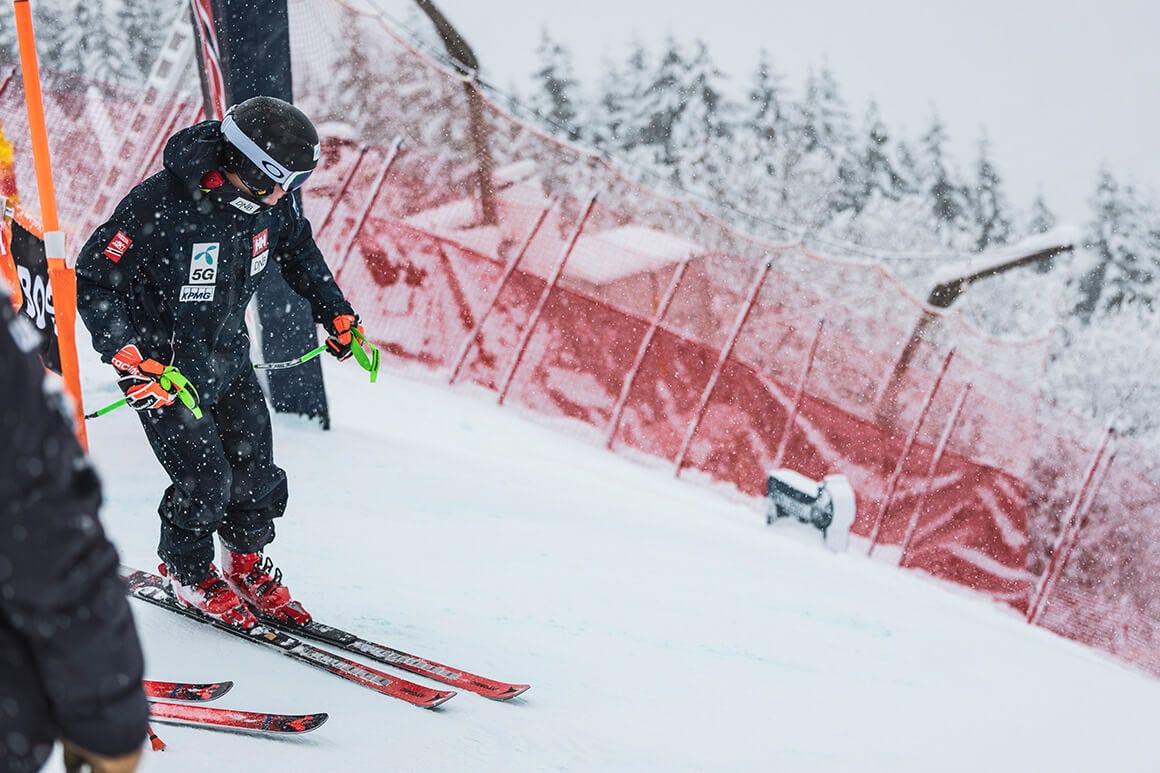
Race day at the Streif is an amalgam of intense focus and an exhilarating atmosphere. "Everyone's so focused in and ready to go and attack what is one of the most intimidating startgates on the circuit," says Canadian Jeffrey Read. The crowd's energy, the weight of expectation, and personal ambitions combine to create an unforgettable experience.
The atmosphere at Hahnenkamm, as Brodie Seger from Canada describes, is "very fun and exciting if you're a spectator, but as an athlete, it's an extremely intense environment." This intensity, combined with heightened senses, makes racing the Streif a unique experience.
The mental aspect is as crucial as the physical. Sejersted's approach is straightforward yet profound: "Just trying to prepare my damaged body. And try to visualize what I'm going to do." For athletes, it's about more than just skiing; it's about conquering the mental barriers that the Streif imposes.
During the race, maintaining focus is paramount. Kilde describes this state: "It's like every other downhill. It starts, and then you are just within the moment." This ability to stay in the present, adapt, and react differentiates a good run from a great one at the Streif.
The moment of crossing the finish line is a surge of triumph and relief. "Crossing the finish line is something you look forward to... It's just a rush of adrenaline," Kilde says. This sentiment is echoed by Read, who speaks of the satisfaction and immediate desire to relive the wild ride.
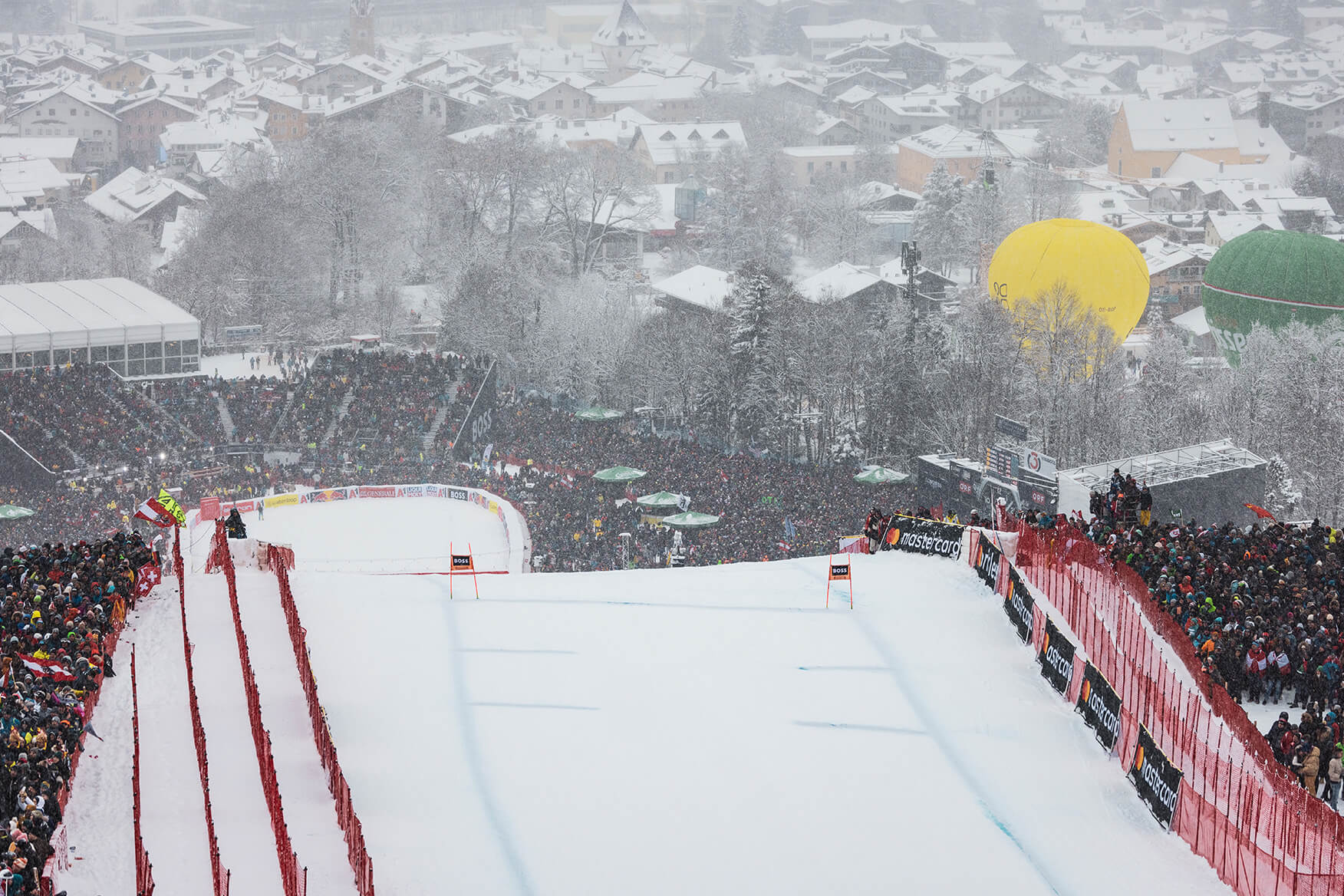
After the race, reflection is critical. Kilde remembers his first time finishing the Streif: "I said to myself, I'm never going to do that again. But of course, I did it again, stupid as I am." This mix of relief, exhaustion, and the irresistible draw to return encapsulates the race's allure.
Post-race recovery is as mental as it is physical. Kilde advocates for disconnection: "Sleep, turn yourself off for a minute." For him, the Streif is more than a race; it's a peak achievement. "It's a downhill dream to ski it… and win it, and I've been lucky to achieve both of them," he says, reflecting on the significance of this feat in his career.
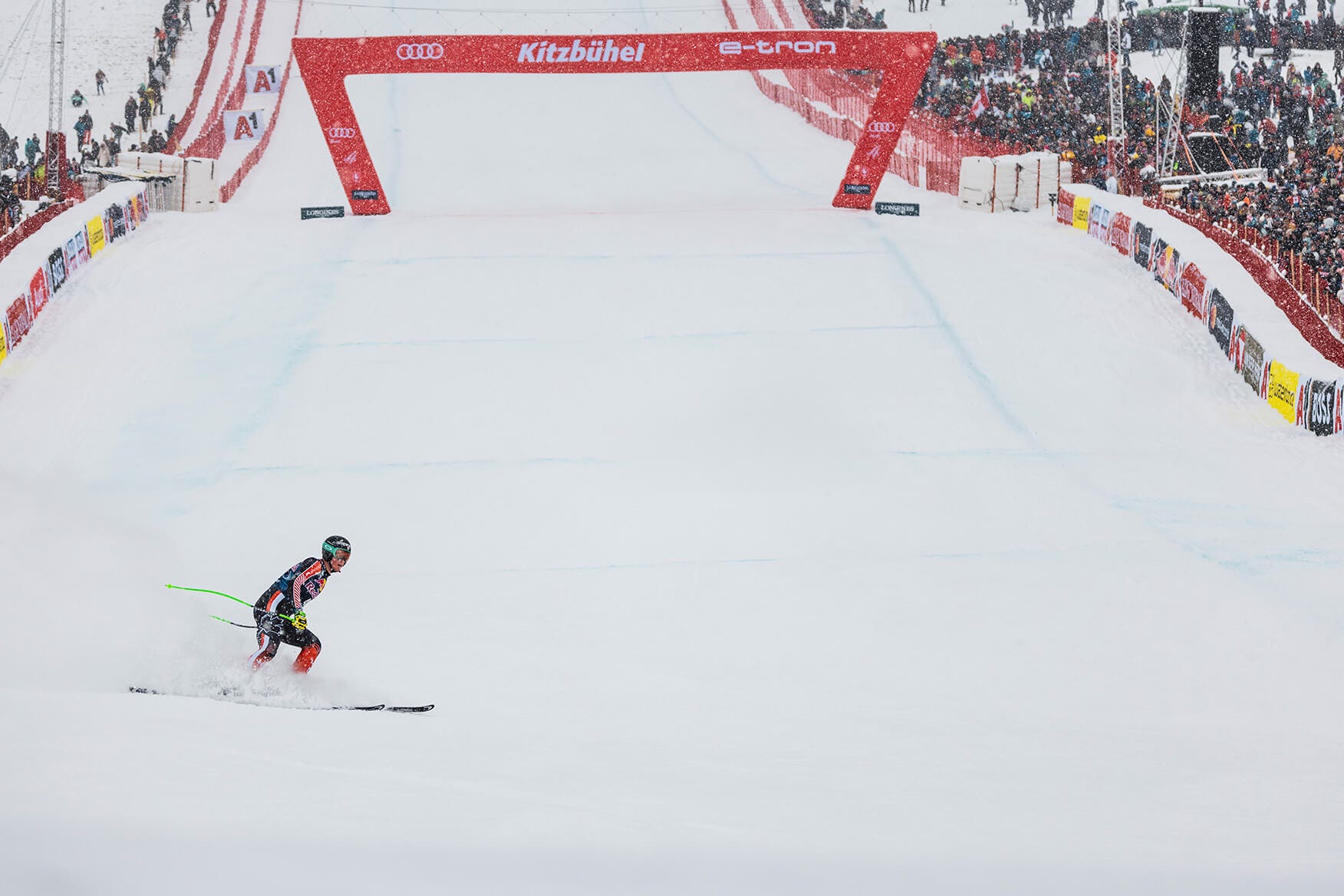
Completing the Streif is a milestone in any skier's career. "It's really cool... probably the proudest moment I've ever had in my skiing career," Kilde shares. This sentiment is a testament to the race's significance in the world of alpine skiing.
The Streif is not just a race; it's a journey of mental and physical endurance through what is considered one of the world's most demanding and spectacular downhill races. This year, the race is celebrating its 84th anniversary. Don't miss out on the action that kicks off with training on January 16th, followed by races on January 19th and 20th. You can read more about the race and find the schedule here.
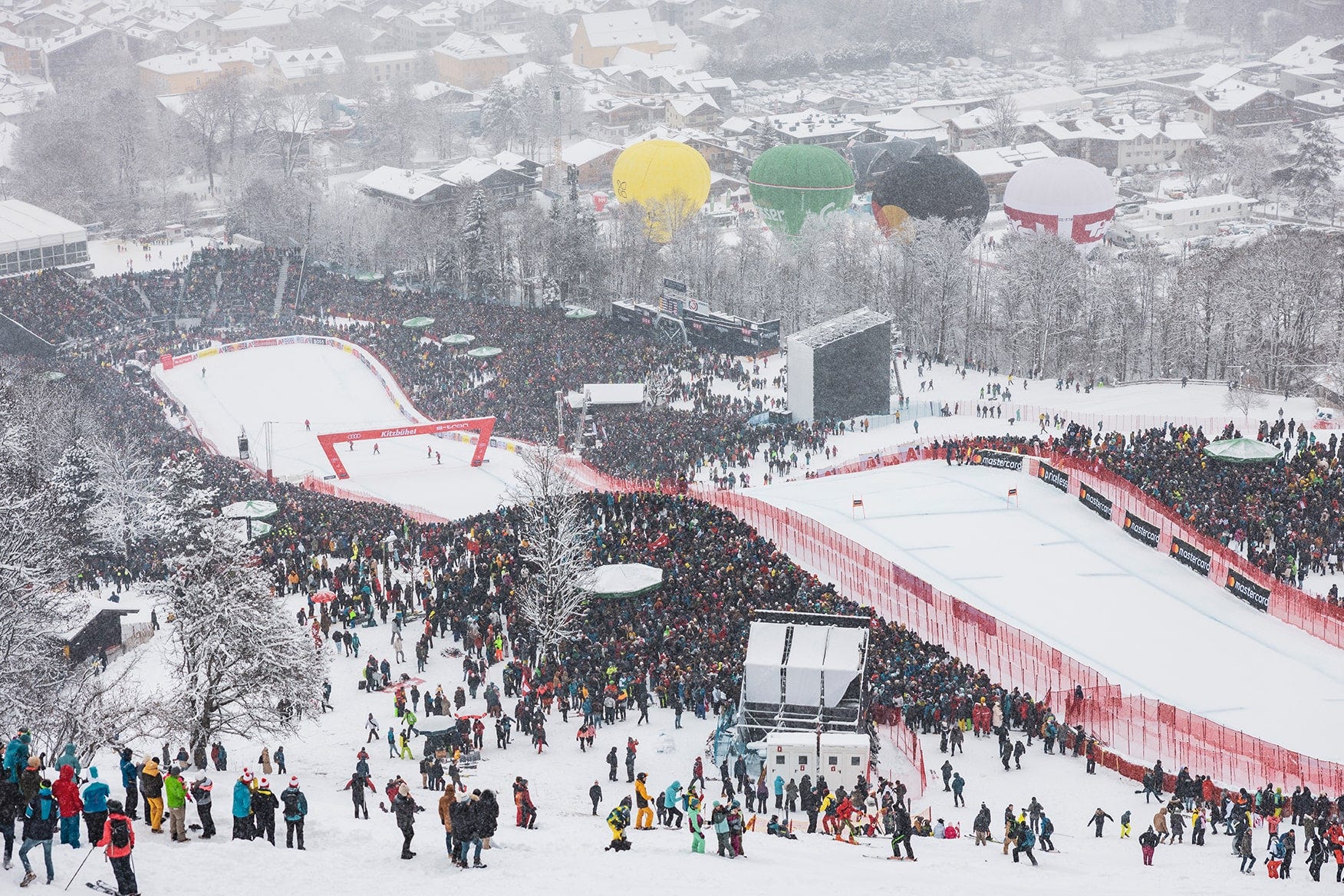
Winning in Kitzbühel puts you securely among skiing's greatest, and to top it off, every winner is honored with a dedicated gondola.
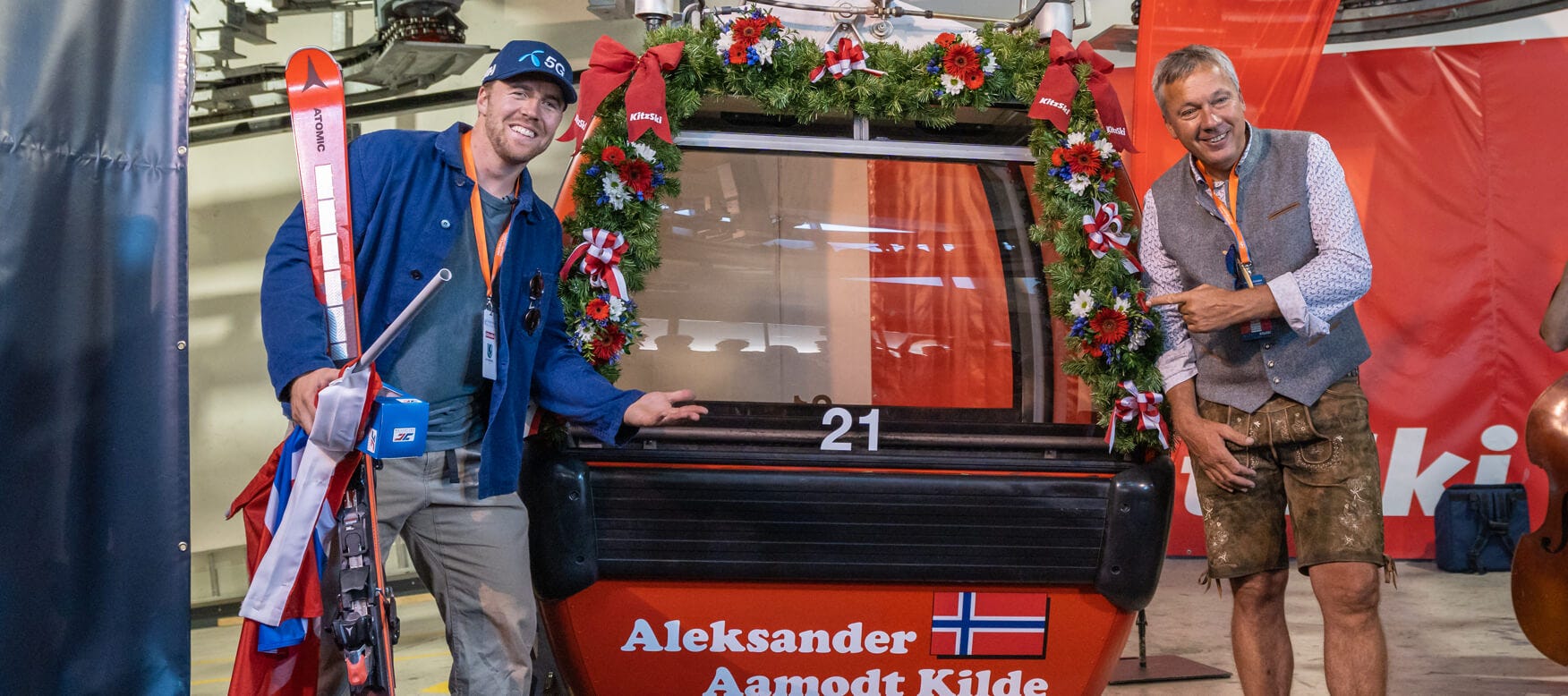


June 11, 2024 3 min read
Sharon Birchfield, a seasoned guide with Mountain Madness, shares her insights on the true essence of mountain guiding.

June 06, 2024 2 min read
Professional endurance athlete Caroline Côté shares her insights on the mental and physical aspects of trail running.